There has been a rapid decrease in the amount of open or natural space in Japan in recent years, particularly in urban areas due to the development of housing. Preserving these areas as wildlife habitats and spaces where children can play is a very important issue nowadays.
I wrote about the creation of a school biotope project in a previous article, a habitat that has gradually changed over 12 years, adding, for example, vegetation, fish species, insects and so on. With the succession of the vegetation, children’s activity is also gradually changing. It is very interesting to observe how children use the place.
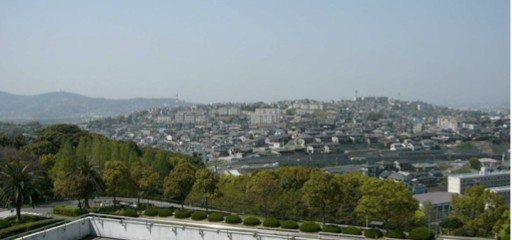
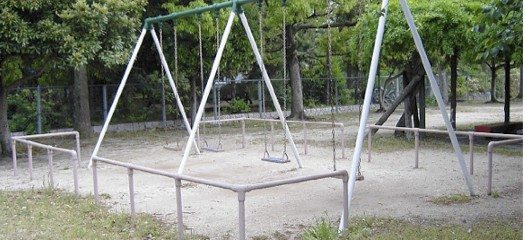
In Japan, many school biotopes have been created. Some of them have been successful but also we have many failed examples. The main reasons for such failures include:
1) The children are not allowed to approach the biotope because of the emphasis on the protection of the ecosystem.
2) Failure by the planners to consider the regional ecosystem, which has led to the destruction of that ecosystem.
3) The biotope is too small to have an ecological function.
4) The children and teachers of a school do not use the biotope because it was planned and constructed by the local council without their participation.
Because of these issues, we tried to design a new type of school garden: a design for a garden in the grounds of a primary school in Fukuoka City in the south of Japan, begun in 2002 and continuing to 2014. The aim of this project is to create an area for children’s play and ecological education that can simultaneously form part of an ecological network in an urban area.
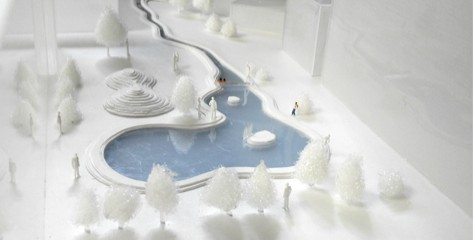
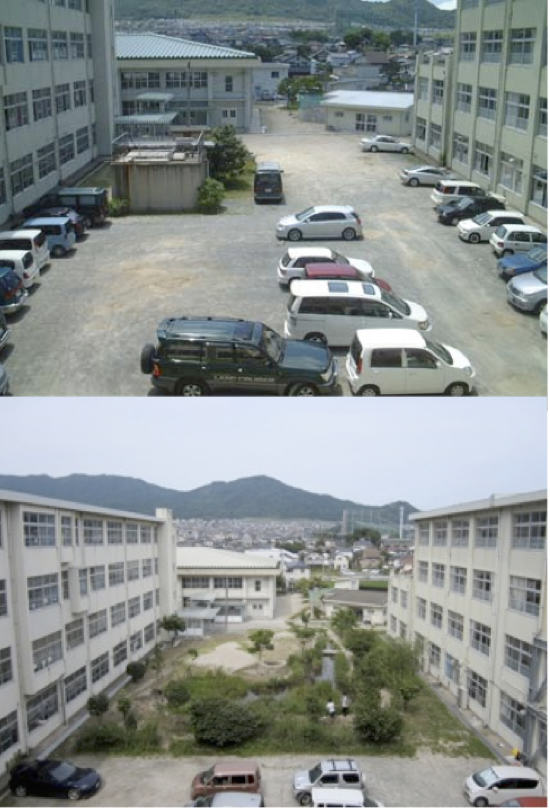
After the biotope’s construction, we conducted a survey of children’s activity. The children have learned about the existence of various ecosystems by playing in the biotope and through their participation in the workshops during the planning of it. Their teachers and a number of local residents have also been active in this process, with the result that their interest in the biotope remains strong due to the fact that they actively participated in the development of an accessible environment and have been able to propose ideas for its future management.
The school garden has gradually changed into a biotope over 12 years and the ecosystem contained in it has become more complex every year. It is important that this type of school biotope can contribute to the ecological network in the city. However, we recognize that this biotope is still an area of artificially created nature in an urban area and it remains to be seen whether the popularity of the school biotope will just be a passing phase or whether it will become established as a means of returning a degree of nature to urban areas in Japan.
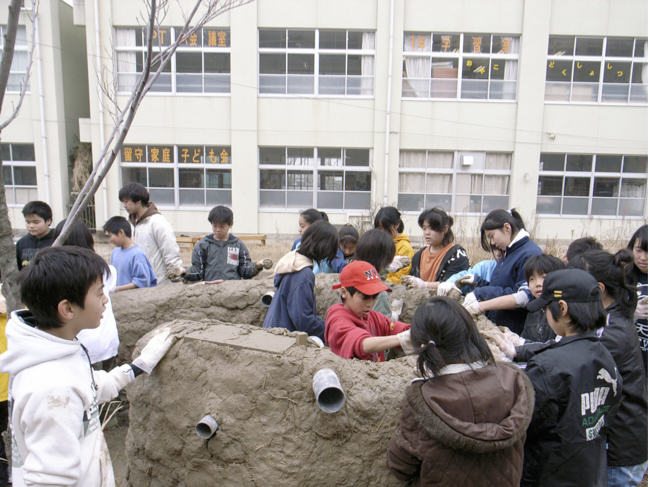
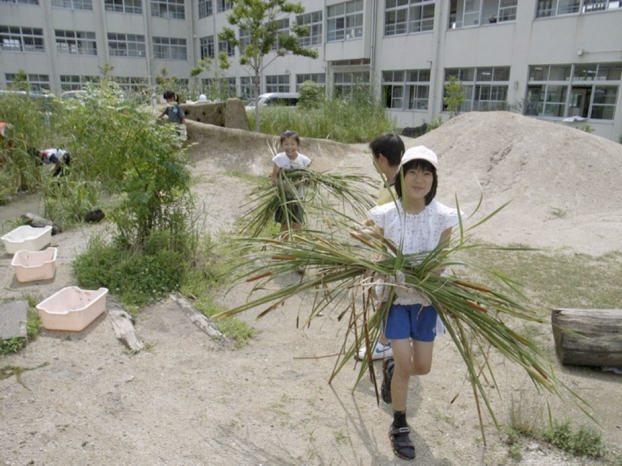
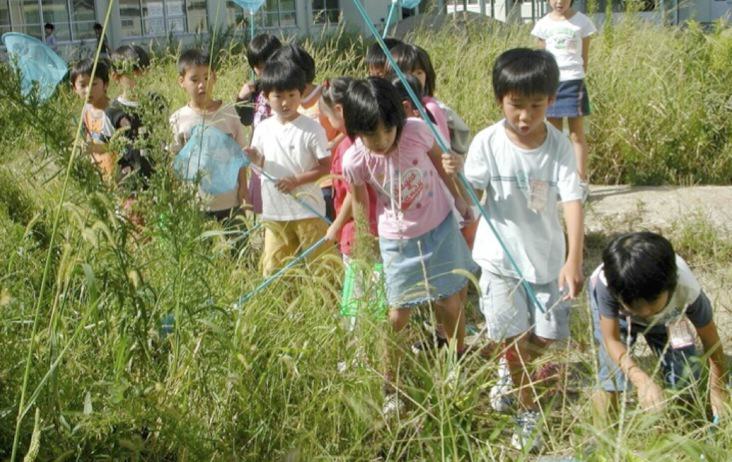
Landscapes and nature environments provide habitats for play and learning, as this project has demonstrated. Normally, a lack of outdoor space in which to play, fear of violence in public spaces, the longer working hours of parents and the artificial nature of most playgrounds have helped create the present‐day situation in which young children have gradually lost contact with nature.
Present‐day planners and landscape designers should consider ‘landscape’ as an ‘Omniscape’ (Arakawa, 1999, Ito et al. 2010). It is much very important to think of landscape planning as a learnscape’, embracing not only the joy of seeing, but inspiring a more holistic way of using body and senses for learning. Our project has illustrated the importance of introducing natural environments into urban schoolyards, thus enriching the learning environment for the children. Hopefully, this project will serve as an example for the future planning and development of children’s environments.
Keitaro Ito
Fukuoka
***
References
Ito K., Fjortoft, I., Manabe, T., Masuda, K., Kamada, M. and Fujuwara, K. 2010. Landscape design and children’s participation in a Japanese primary school—Planning process of school biotope for 5 years. Urban Biodiversity and Design.Consrevation Science and Practice Series. Blackwell Academic Publishing, Oxford
About the Writer:
Keitaro Ito
Keitaro is a professor at Kyushu Institute of Technology and teaches landscape ecology and design. He has studied and worked in Japan, the U.K., Germany and Norway and has been designing urban parks, river banks, school gardens, and forest parks.

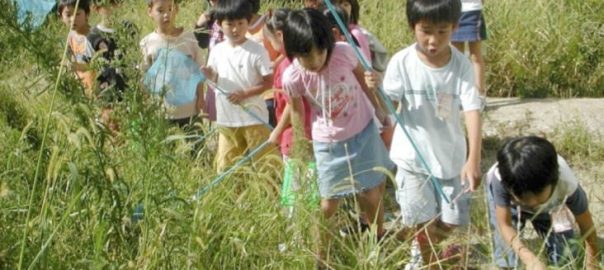


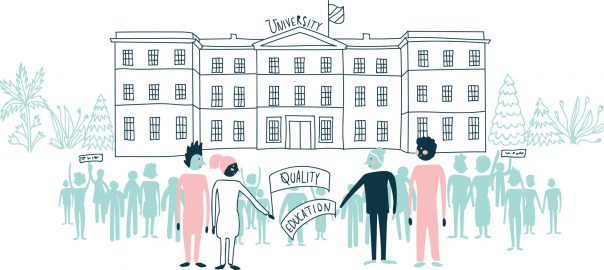
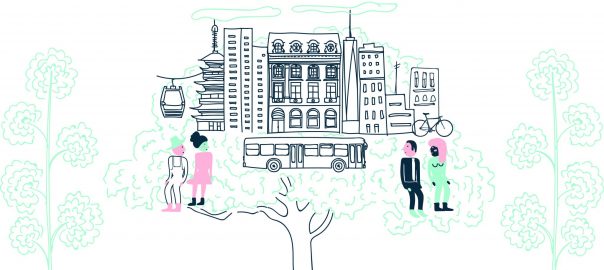
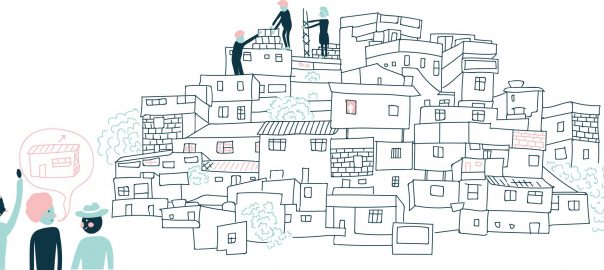
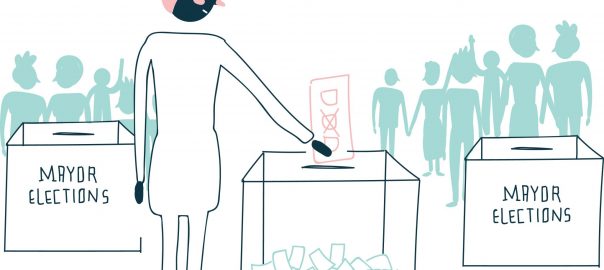
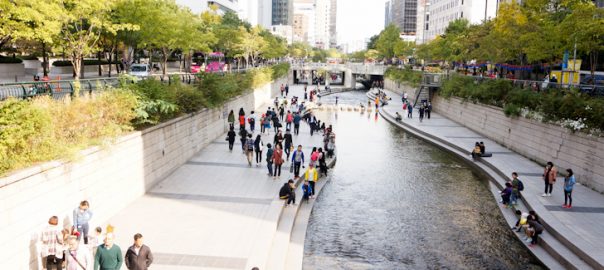
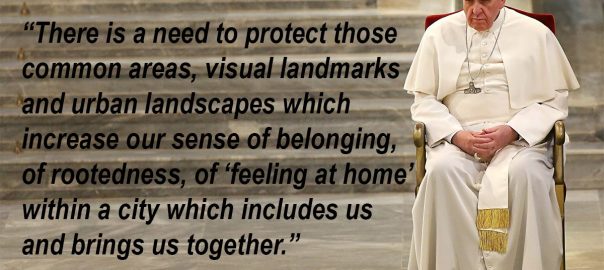
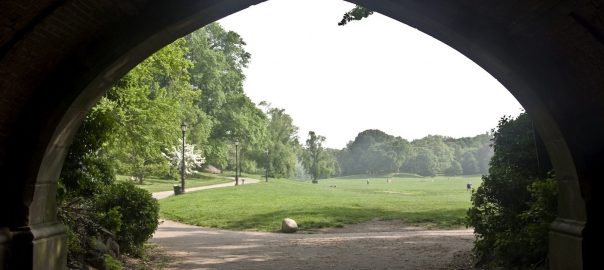

Dear Ingunn, Thanks for your kind comments, really encouraging! Things are going on!
Best wishes, Keitaro
Nice to see the schoolgarden is growing green – and the children enjoying it. Your effort of greening the cities – and the schoolyards in particular is higly appreciated.
Best regards,
Ingunn